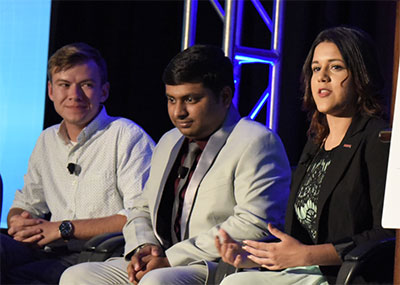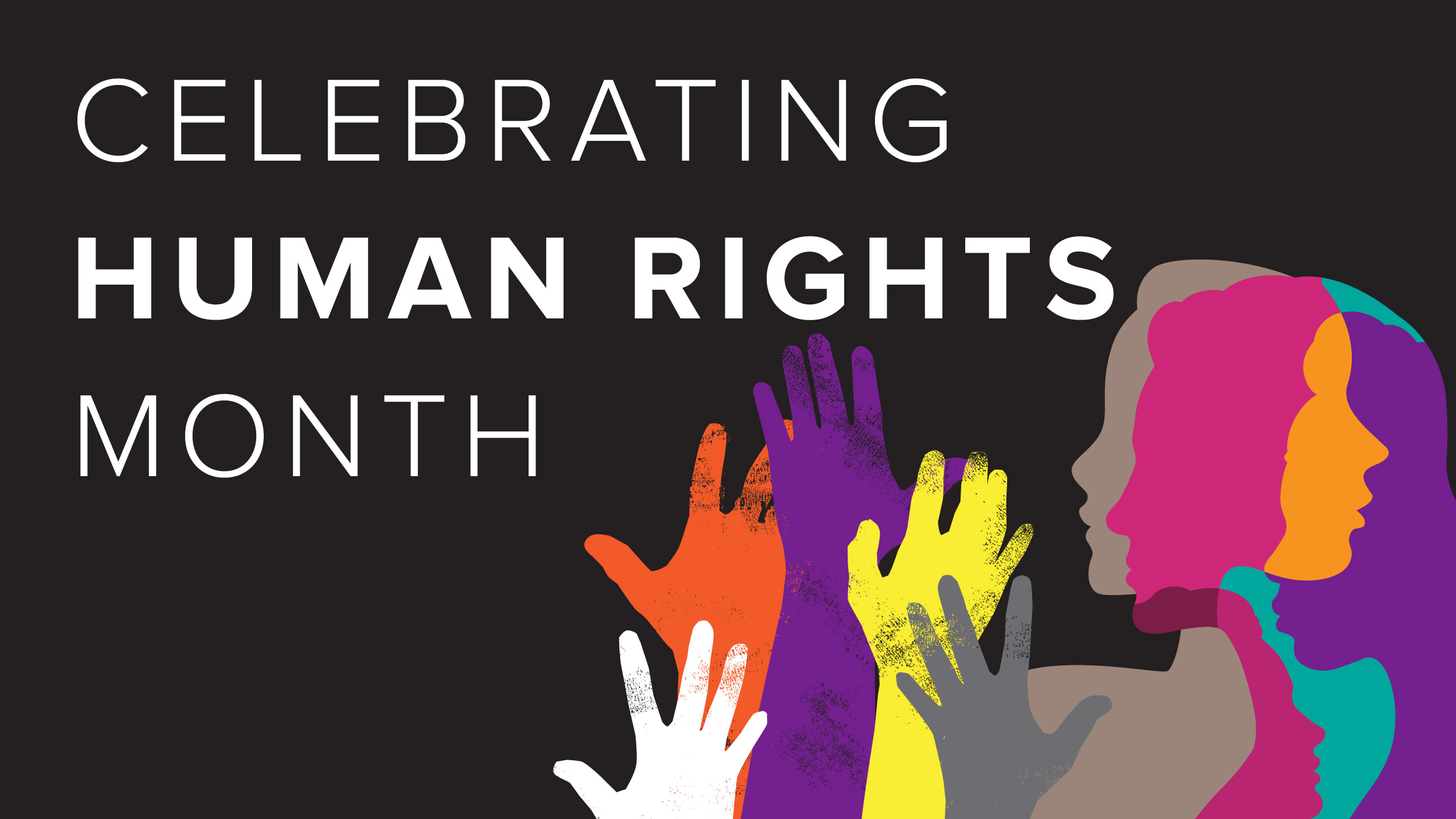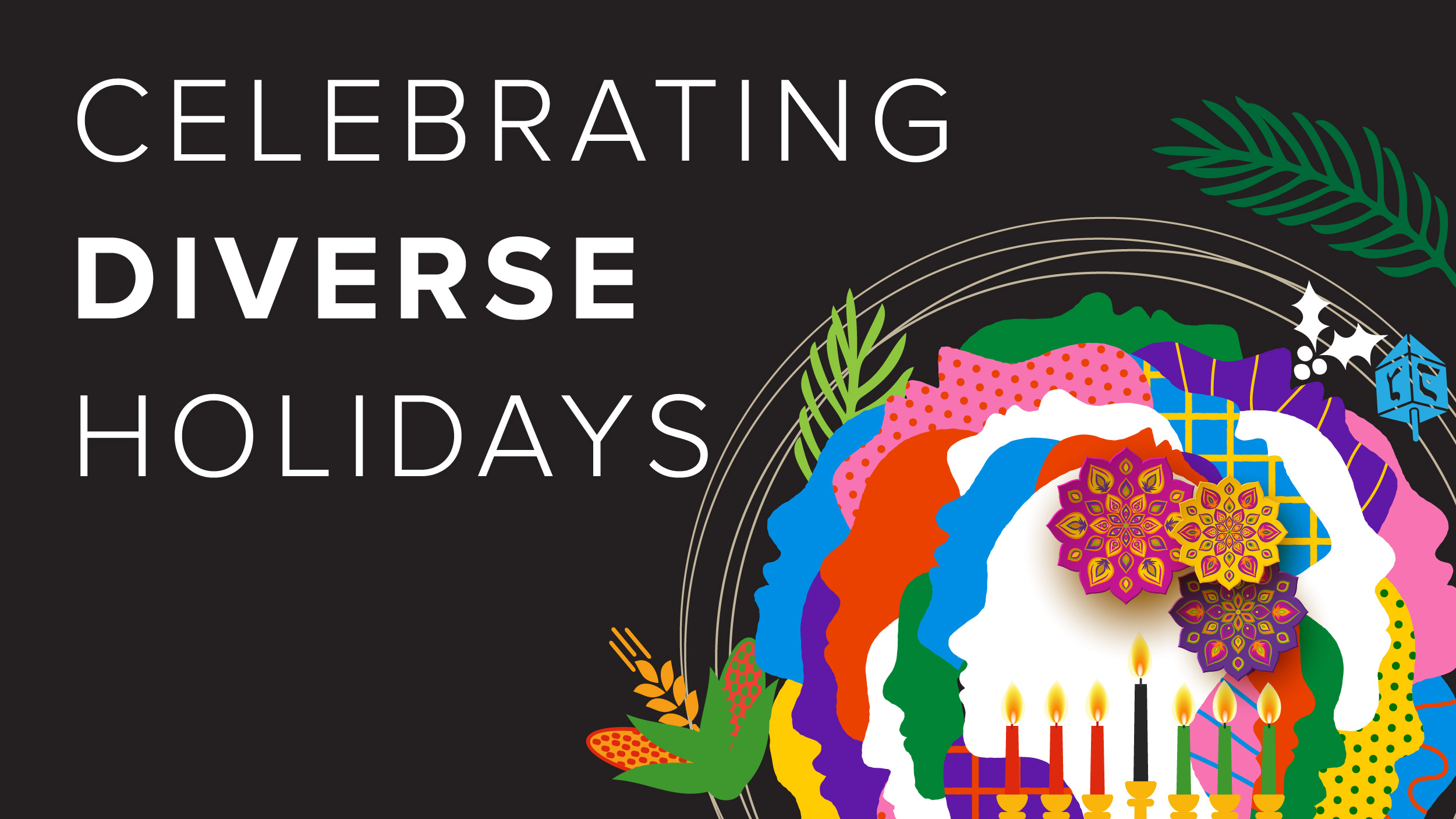Annual Meeting Membership Assembly Addresses ASME and the Next Generation of Engineers
Annual Meeting Membership Assembly Addresses ASME and the Next Generation of Engineers
June 30, 2107

A special Membership Assembly at the ASME Annual Meeting in Newport Beach, Calif., provided ASME members attending the conference with an update on ASME’s recently launched strategic plan and its implications for the future of the Society. The session, which took place June 11, also included a panel discussion, “ASME and the Next Generation of Engineers,” featuring representatives from ASME’s new E-Fest (Engineering Festivals) program.
Following an introduction by ASME Executive Director Thomas Loughlin, ASME President Keith Roe presented the first portion of the program, “ASME Strategy — How We Got Here,” in which he discussed the development of the ASME’s new strategic plan for establishing ASME as the go-to organization for addressing key technology-related challenges in the public interest. Subsequent steps have included the Board of Governors approving five core technologies — robotics, manufacturing, clean energy, bioengineering, and pressure technology — that will be the basis of the Society’s products and services portfolio going forward, and the formulation of an Integrated Operating Plan to provide guidance as the Society develops that portfolio and strives to meet a set of 10-year, three-year and one-year goals.

During the next section of the program, ASME President-Elect Charla Wise discussed the five Presidential Task Forces that the BOG formed to address issues facing ASME in several critical areas:
- The Sector Management Committee Group Engagement/Alignment Task Force, chaired by Richard Marboe, senior vice president of the Technical Events and Content Sector, to help improve ASME stakeholders’ access to ASME resources including support systems, leadership opportunities, and career path support;
- The Industry Engagement Task force, chaired by former BOG member Stacey Swisher Harnetty, to address a number of areas essential for the Society’s future success, such as supporting and advancing the five core technologies, product and standards development and training materials, and determination of policy priorities;
- The Student and Early Career Engagement Task Force, chaired by Past President Terry Shoup, to focus on creating programs including networking and mentoring opportunities to better engage engineering students and early career engineers;
- The Strategy and Planning Task Force, chaired by BOG member John Goossen, to determine the best ways to support ASME’s new strategy in the years to come; and
- The Task Force on Fostering a High-Performance Board of Governors, chaired by BOG member Bill Wepfer, to provide recommendations to enhance Board operations.

The five Task Forces presented their recommendations to the BOG during the Annual Meeting for possible inclusion in the Integrated Operating Plan.
“As Keith has said, and I agree, no organization can achieve greatness without great leadership that operates at world-class levels,” Wise said. “To reach those levels, we have to get ourselves into top condition. The grand challenge of all the work this year has been to safeguard the heart and soul of ASME while strengthening our technology base, enhancing our programs, building our infrastructure and increasing the strength and effectiveness of the Board of Governors.”
The Membership Assembly continued with a panel discussion focusing on ASME’s new Engineering Festivals (E-Fests) — a successful new program of regional three-day events for engineering students that combine learning opportunities revolving around design, advanced manufacturing and robotics with social activities and entertainment. The events, which drew a total of more than 2,000 students to festivals in three locations this spring, also served as the sites for several ASME student competitions, including the Human Powered Vehicle Challenge, the Student Design Competition, the Innovative Additive Manufacturing 3D (IAM3D) Challenge and the Old Guard Competition.

The session, which was moderated by Paul Stevenson, ASME senior vice president for Student and Early Career Development, featured three early career engineers who served on planning committees for this year’s festivals: Prakhar Deep, who helped organize E-Fest Asia Pacific at the LNM Institute of Information Technology in Jaipur, India; Valentina Alayon, who worked on E-Fest West at the University of Nevada, Las Vegas; and Josh Watkins, who helped plan E-Fest East at Tennessee Technological University in Cookeville, Tennessee. The panel also included Donna Wright, senior marketing manager at Siemens PLM Software, which sponsored the E-Fest program, and Simon Pun, an ASME member who was an intern in another ASME program for early career engineers, the Early Career Leadership Intern Program to Serve Engineering (ECLIPSE).
During the spirited conversation, Deep, Alayon and Watkins each expressed great enthusiasm for the E-Fest program and the opportunities for social interaction it provided for the students who participated. Unlike traditional student meetings and competitions involving one event or activity, the E-Fests truly were festivals, offering a variety of unique activities where students were able to learn, network, compete and socialize with each other, they said.

“The biggest takeaway that I got from it was the sense of community that it created,” Watkins said. Describing the turnout for E-Fest East, he said, “I think we had close to 700 or 800 students. We had students not only from schools across the Eastern seaboard. We had teams from China and Mexico and several other countries. It was amazing to see everybody come together under the umbrella of ASME just to celebrate the fact that we’re all mechanical engineering majors. It was an awesome experience.”
The discussion concluded with a lively question-and-answer session during which the panel members addressed questions from the audience.
To watch a video providing an overview of this year’s E-Fests, as well as video footage from each of the festivals, visit http://efestvideos.asme.org.




